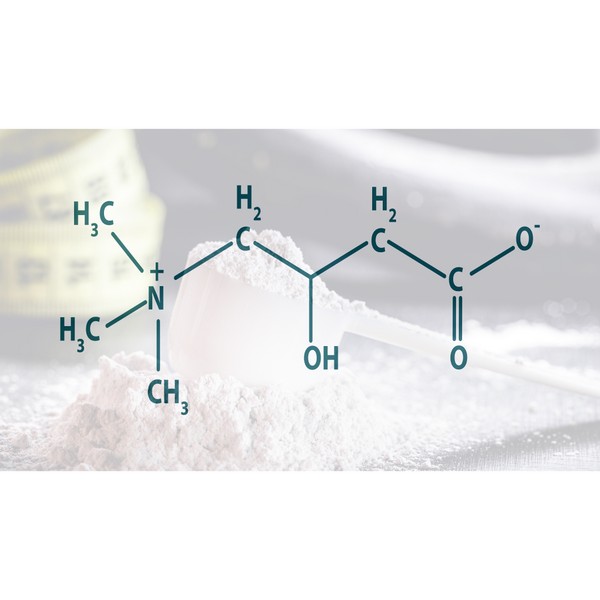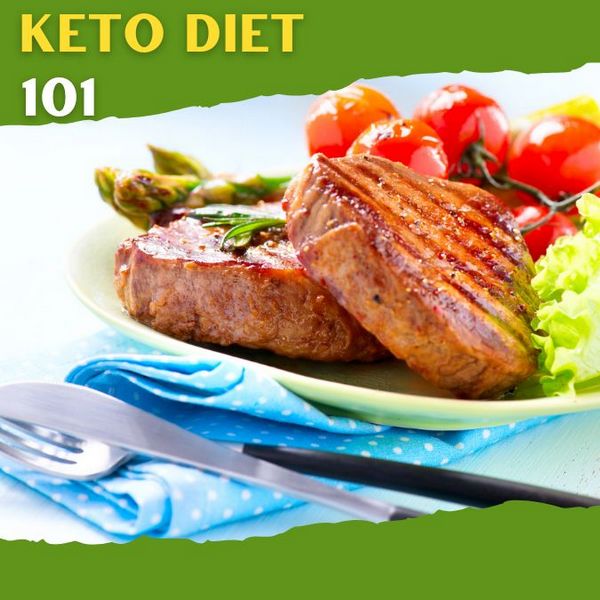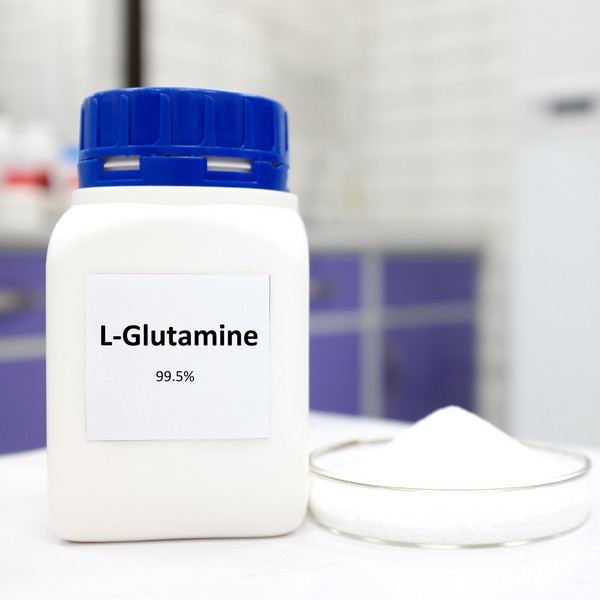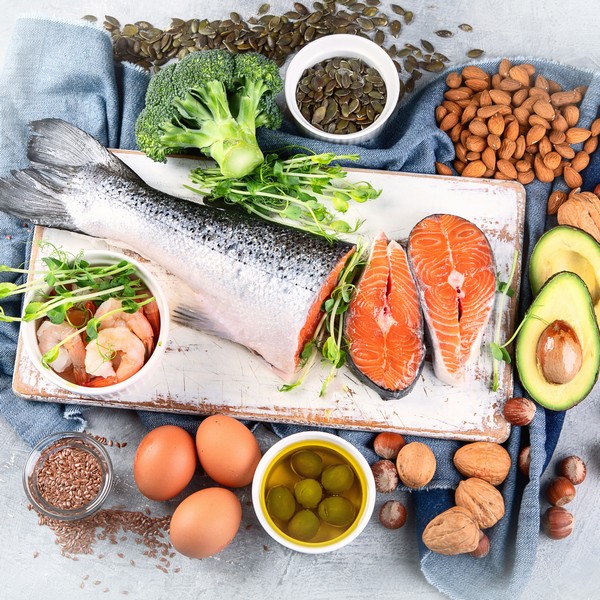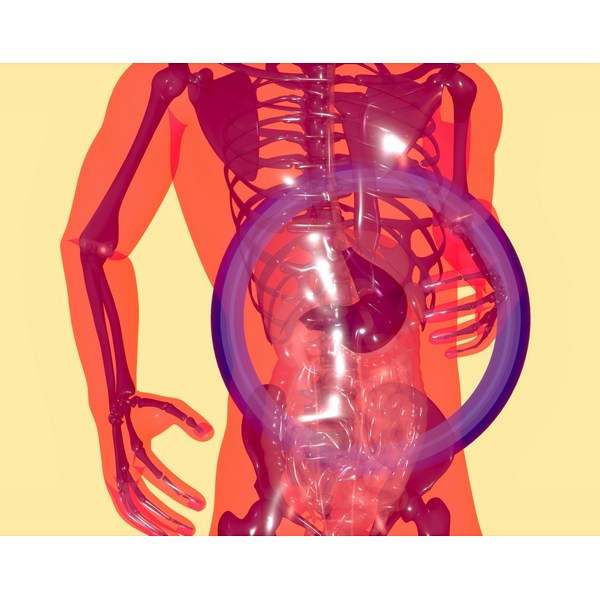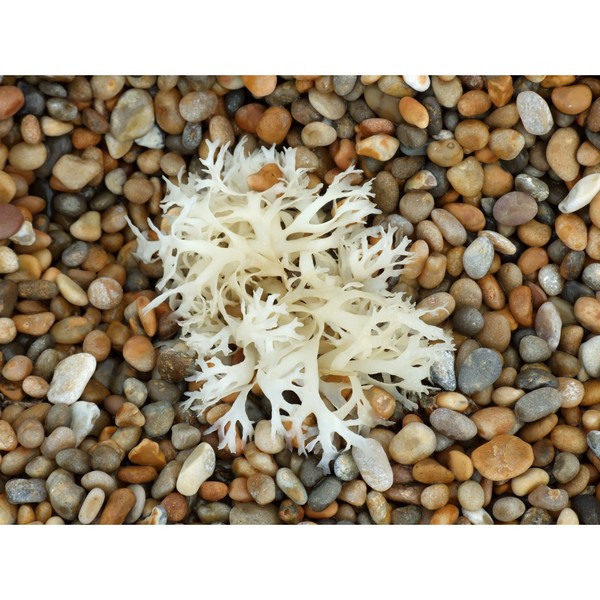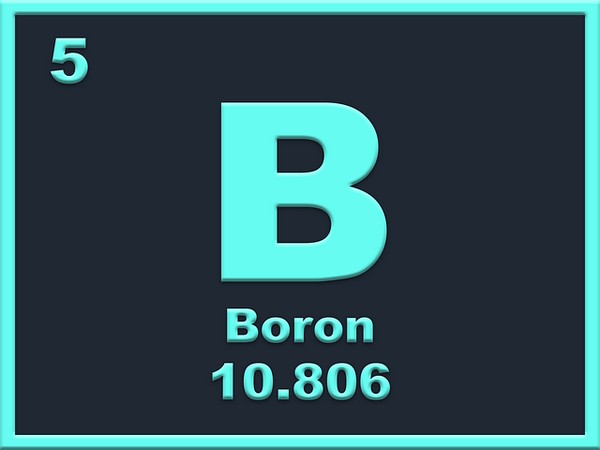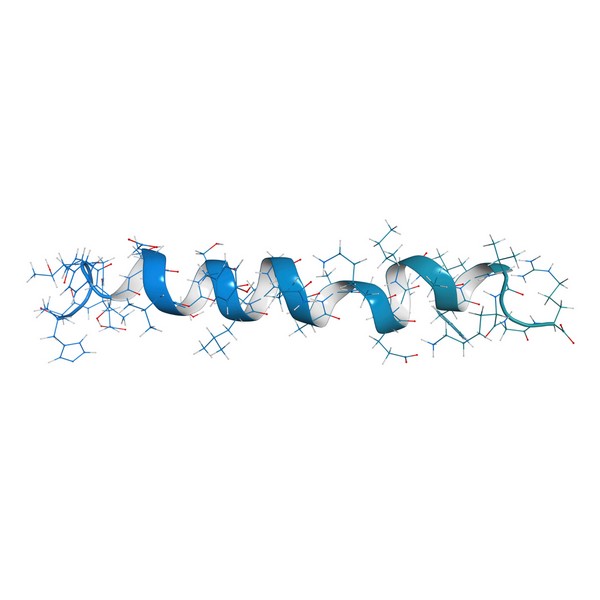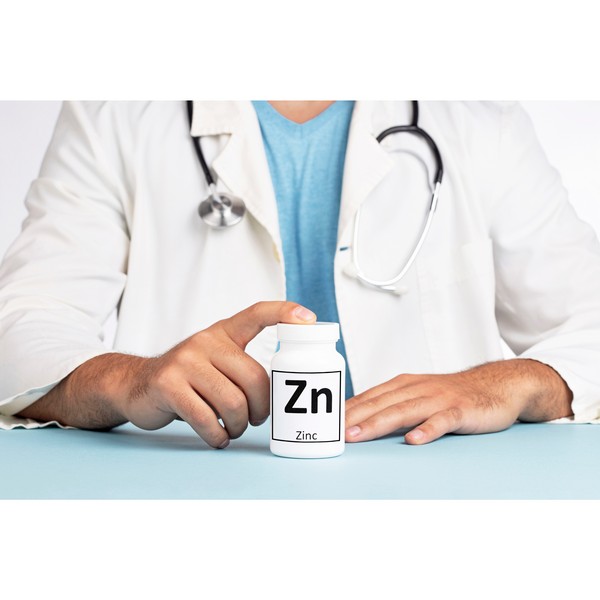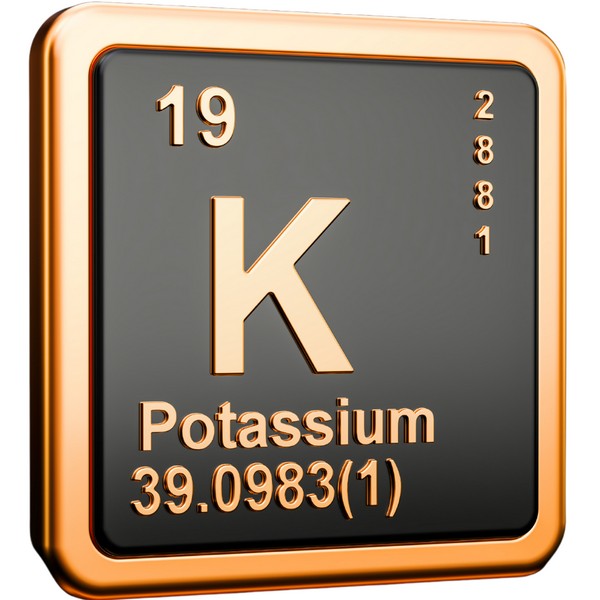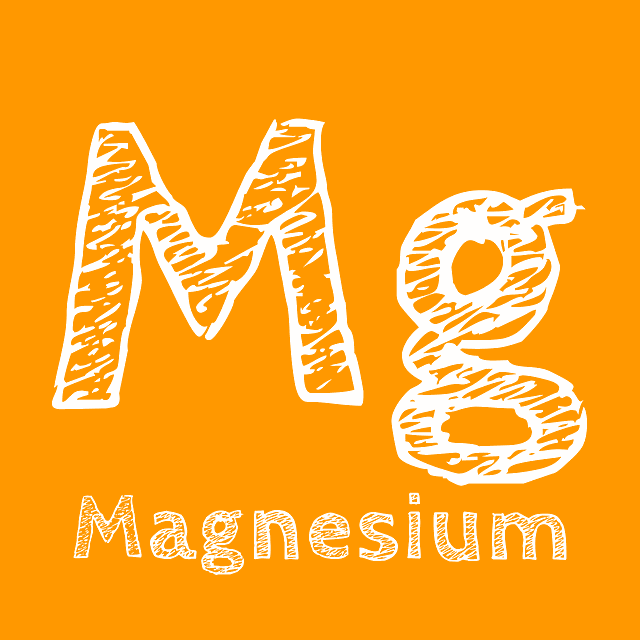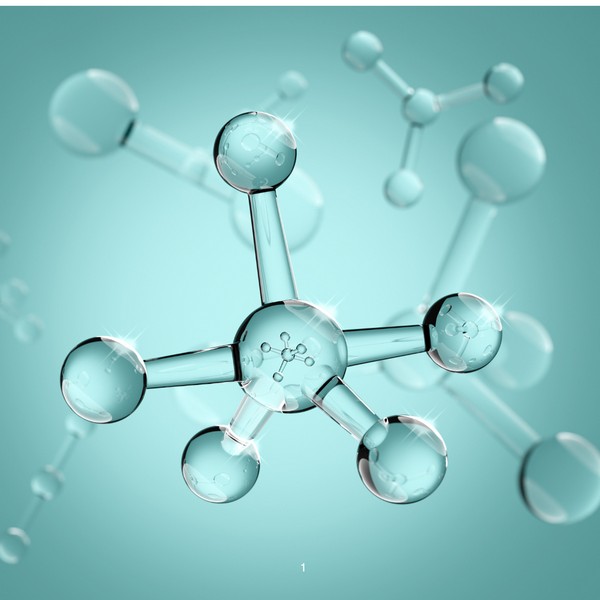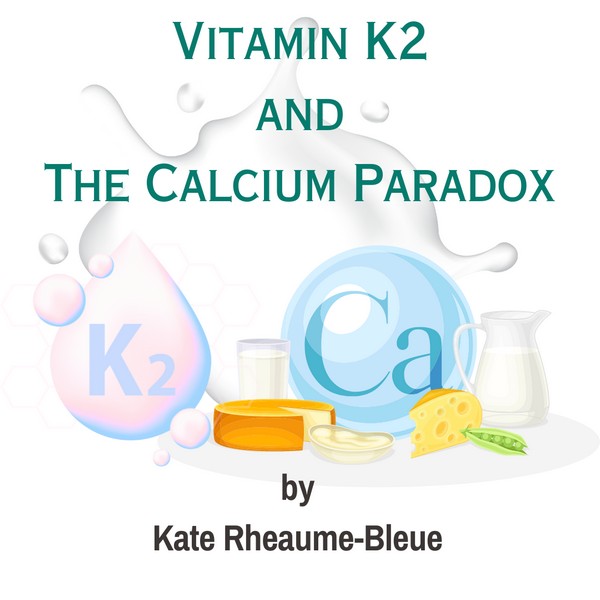Key Takeaways
- Vitamin E is a powerful antioxidant that protects cells from oxidative damage, reducing the risk of chronic diseases.
- The vitamin E complex includes tocopherols and tocotrienols, each offering unique health benefits.
- Vitamin E supports cardiovascular health by lowering cholesterol, reducing inflammation, and maintaining arterial health.
- It enhances skin health, promoting hydration, elasticity, and reducing signs of aging.
- Vitamin E also offers neuroprotective benefits, supporting brain health and potentially preventing neurodegenerative diseases.
Introduction
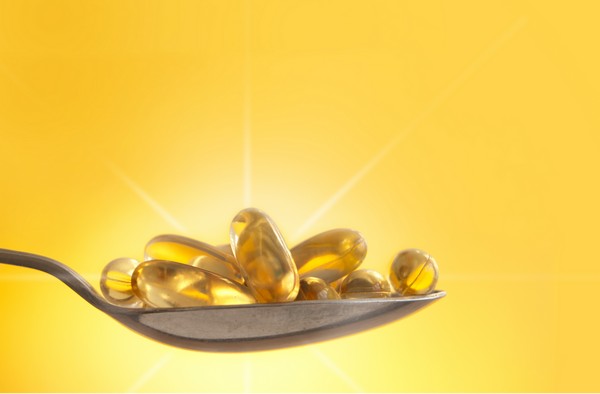
Vitamin E is an essential nutrient known for its antioxidant properties and its role in protecting the body from oxidative stress.
This fat-soluble vitamin is a complex made up of two main types of compounds: tocopherols and tocotrienols.
Both play significant roles in maintaining health, though they offer slightly different benefits.
Ensuring an adequate intake of vitamin E through diet or supplementation can have a profound impact on overall wellness.
Antioxidant Properties of Vitamin E
Vitamin E’s primary function is as an antioxidant, which helps protect cells from oxidative damage caused by free radicals.
Free radicals are unstable molecules that can damage cells, leading to inflammation, aging, and chronic diseases such as heart disease and cancer.
Vitamin E neutralizes these free radicals, reducing the oxidative stress that contributes to these health issues.
The antioxidant potency of vitamin E is well-documented. Tocotrienols, in particular, have shown superior antioxidant activity in certain studies compared to tocopherols, making them a valuable component of the vitamin E complex.
Cardiovascular Health Benefits

Vitamin E supports heart health, primarily through its effects on cholesterol and inflammation. Tocotrienols are particularly effective at lowering LDL cholesterol.
Beyond cholesterol management, vitamin E helps maintain arterial health by preventing the oxidation of LDL cholesterol, a process that can lead to arterial damage and cardiovascular complications.
Additionally, vitamin E’s anti-inflammatory properties further support cardiovascular health by reducing inflammation-related risks.
Skin Health and Anti-Aging Effects
Vitamin E is well-known for its benefits to skin health. It supports skin hydration by maintaining the skin’s lipid barrier, which helps retain moisture.
This leads to improved skin elasticity and a reduction in the appearance of fine lines and wrinkles. Vitamin E is also effective in treating skin conditions like eczema and psoriasis.
Its antioxidant properties protect the skin from damage caused by environmental factors such as UV rays and pollution, which can accelerate aging.
Whether applied topically or consumed through diet, vitamin E can help keep your skin looking healthy and youthful.
Neuroprotective Benefits
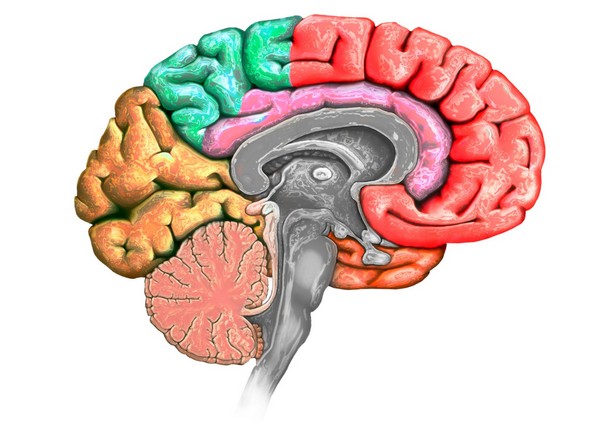
Vitamin E’s neuroprotective properties make it a valuable nutrient for brain health. It helps protect neurons from oxidative stress and inflammation, which are key factors in cognitive decline and neurodegenerative diseases like Alzheimer’s and Parkinson’s.
Studies have shown that adequate intake of vitamin E can slow down cognitive decline, support memory, and potentially reduce the risk of developing neurodegenerative conditions.
Tocotrienols, in particular, have shown promising results in protecting the brain from the effects of aging and stress.
Immune System Support
A healthy immune system relies on sufficient levels of vitamin E. This nutrient boosts the body’s natural defenses by enhancing the function of immune cells, making it easier for the body to fight off infections.
Vitamin E has been shown to reduce the severity and duration of infections, particularly in individuals with compromised immune systems.
Both tocopherols and tocotrienols contribute to immune health, though they may impact different aspects of immune function.
Ensuring adequate vitamin E intake can be particularly beneficial during illness or recovery periods.
Bone Health and Metabolic Benefits

Vitamin E also supports bone health by contributing to bone density and reducing the risk of osteoporosis. This is especially important as we age, as bone density naturally decreases, increasing the risk of fractures.
Vitamin E helps mitigate this risk by supporting bone health at a cellular level.
In terms of metabolic health, vitamin E has been shown to improve insulin sensitivity and help regulate blood sugar levels. This can be beneficial for those managing diabetes or metabolic syndrome, as well as for general weight management.
Sources of Vitamin E
Including both tocopherols and tocotrienols in your diet is important for reaping the full benefits of vitamin E.
Foods rich in tocopherols include nuts, seeds, spinach, while tocotrienols are found in palm oil, rice bran oil, and wheat germ oil.
Supplements are a good option for those who may not get enough vitamin E from food sources alone.
Choose a supplement that includes both tocopherols and tocotrienols to ensure a balanced intake of this vital nutrient.



Consult with a healthcare provider before starting any new supplementation.
Conclusion
Vitamin E complex offers a wide range of health benefits, from its powerful antioxidant properties to its roles in supporting cardiovascular, skin, brain, and immune health. Ensuring an adequate intake of both tocopherols and tocotrienols through diet or supplements can help protect against chronic diseases, promote longevity, and enhance overall well-being.
FAQs
What is the difference between tocopherols and tocotrienols?
- Tocopherols and tocotrienols are both forms of vitamin E, but they differ in their chemical structure and some of their health benefits. Tocotrienols generally have stronger antioxidant properties and are more effective in certain health applications.
How much vitamin E should I take daily for optimal health?
- The recommended daily allowance (RDA) for vitamin E varies by age and gender, but for most adults, it is around 15 mg. However, individual needs may vary, so consulting a healthcare provider is advisable.
Can vitamin E help with skin conditions like eczema?
- Yes, vitamin E is beneficial for skin health and can help manage conditions like eczema by reducing inflammation and improving skin hydration.
Are there any side effects of taking vitamin E supplements?
- Vitamin E is generally safe when taken at recommended doses, but high doses can cause side effects such as nausea, diarrhea, and increased risk of bleeding. It’s important to follow dosage guidelines.
Can I get enough vitamin E from food alone, or do I need supplements?
- Many people can get enough vitamin E from a balanced diet rich in nuts, seeds, and green leafy vegetables. However, those with specific health needs or dietary restrictions might benefit from supplementation.
Research
Agarwal, R.A. et al. (2019). "Tocotrienols: A potent form of Vitamin E in cardiovascular disease and cancer prevention." Critical Reviews in Food Science and Nutrition, 59(17), 2839-2851.
Barberger-Gateau, P. et al. (2007). "Delaying Alzheimer's disease with antioxidants: a randomized controlled trial." Archives of Neurology, 64(12), 1657-1662.
Chin, S.F. et al. (2010). "Effect of a tocotrienol-rich fraction on exercise endurance capacity of patients with coronary artery disease." Malaysian Journal of Medical Sciences, 17(3), 9-18.
Das, S. et al. (1995). "Isolation and identification of phenolic antioxidants in Triticum aestivum L." Journal of Agricultural and Food Chemistry, 43(6), 1602-1605.
Das, S. et al. (2008). "Antioxidative, anti-inflammatory, and antimutagenic activities of annatto (Bixa orellana L.) extracts." Journal of Agricultural and Food Chemistry, 56(10), 3905-3913.
Fu, J.-Y., Che, H.-L., Tan, D.M.-Y. and Teng, K.-T., 2014. Bioavailability of tocotrienols: evidence in human studies. Nutrition & Metabolism, [online] 11(1), p.5. https://doi.org/10.1186/1743-7075-11-5.
Hickey, M.C. et al. (2013). "A pre-clinical study of (−)-epigallocatechin-3-gallate, a naturally occurring anti-inflammatory agent of green tea in the prevention and treatment of collagen-induced arthritis." British Journal of Nutrition, 109(8), 1453-1462.
Khan, M.I. et al. (2018). "Mechanism underlying anti-inflammatory response of lipid soluble fraction of elaeis guineensis (oil palm) leaves." Lipids in Health and Disease, 17(1), 300.
Magosso, E. et al. (2016). "Tocotrienols for normalisation of hepatic echogenic response in nonalcoholic fatty liver: a randomised placebo-controlled clinical trial." Nutrition Journal, 15, 40.
Mat Yusof, Y. et al. (2015). "Tocotrienols and breast cancer: the evidence to date." Genes & Nutrition, 10(5), 459.
Meganathan, P., & Fu, J. (2016). Biological Properties of Tocotrienols: Evidence in Human Studies. International Journal of Molecular Sciences, 17(11), 1682.
https://doi.org/10.3390/ijms17111682
Miyazawa, T. et al. (2002). "Antioxidative and antiatherogenic effects of palm oil-derived α-tocotrienol in diabetic swine." Journal of Nutrition, 132(3), 522-528.
Nesaretnam, K. et al. (2003). "Tocotrienols: potent neuroprotective agents in vitro and in vivo, and an insight into their mechanisms of action." Clinical Science, 104(4), 447-458.
Packer, L. et al. (2001). "Molecular Aspects of Medicine." Amsterdam, Elsevier.
Pamudji, I.A. et al. (2014). "Tocotrienol-rich fraction protects against UVB-induced skin damage in hairless mice." Journal of Photochemistry and Photobiology B: Biology, 140, 150-157.
Pearce, B.C. et al. (1998). "Inhibition of cholesterol synthesis by novel geranylgeranylpyrophosphate synthase inhibitors." Journal of Lipid Research, 39(11), 2283-2290.
Qureshi, A.A. et al. (1996). "Synergistic effect of tocotrienol-rich fraction (TRF(25)) of rice bran and lovastatin on lipid parameters in cholesterol-fed chickens." Journal of Nutritional Biochemistry, 7(11), 610-615.
Qureshi, A.A. et al. (2020). "Tocotrienols: A Family of Vitamin E with Multiple Health Benefits." Nutrients, 12(7), 2049.
Sen, C. K., Khanna, S., & Roy, S. (2007). Tocotrienols in health and disease: The other half of the natural vitamin E family. Molecular Aspects of Medicine, 28(5-6), 692.
https://doi.org/10.1016/j.mam.2007.03.001
Sen, C.K. et al. (2011). "Handbook of Oxidants and Antioxidants in Exercise." Amsterdam, Elsevier.
Shahidi, F., & De Camargo, A. C. (2016). Tocopherols and Tocotrienols in Common and Emerging Dietary Sources: Occurrence, Applications, and Health Benefits. International Journal of Molecular Sciences, 17(10), 1745.
https://doi.org/10.3390/ijms17101745
Siddiqui, R.A. et al. (1997). "Suppression of induced nitric oxide synthase expression by alpha-tocopherol in macrophages." Journal of Leukocyte Biology, 62(6), 791-799.
Tan, B. et al. (2004). "Tocotrienols Synergistically Inhibit Human Breast Cancer Cell Proliferation and Induce Apoptosis." Journal of Nutrition, 134(12), 3196-3201.
Theriault, A. et al. (2009). "Dietary vitamin E and its tocopherols inhibit cell proliferation and induce apoptosis in MDA-MB-231 and MCF-7 human breast cancer cells." Chemistry & Biodiversity, 6(9), 1460-1470.
Tengku Mohamad, T.A. et al. (2017). "Tocotrienol-rich fraction prevents cell cycle arrest and elongates telomere length in senescent human diploid fibroblasts." Oxidative Medicine and Cellular Longevity, 2017, 3203437.
Yoshida, Y. et al. (2005). "Tocotrienol Suppresses the Growth of Human Neuroblastoma Cells in Vitro and in Vivo, through Suppression of Telomerase Activity." Journal of Neurochemistry, 94(3), 666-676.
Do This! The Ultimate Guide to Fasting Safely and Effectively
In our increasingly busy lives, finding time to take care of our bodies can often take a backseat. One method that has gained attention recently…
6 Best Natural Ways to Manage Your Blood Sugar: A Quick & Easy Guide
1. Intermittent fasting2. Exercise3. Dietary fiber4. Sleep5. Weight loss6. SupplementationBioclinic NaturalsPGX BiotiquestSugar Shift Every time you eat it, it’s plotting something sinister. Sugar isn’t as…
L-Carnitine: Benefits, Dosage, and Side Effects
Key Takeaways L-Carnitine supports fat metabolism and energy production. Benefits include enhanced exercise performance and improved heart health. Proper dosing minimizes potential side effects. Understanding…
Bee Pollen: Nature’s Secret Superfood
Key Takeaways Bee pollen is packed with essential nutrients and offers numerous health benefits. It supports immune function, boosts energy, and promotes overall well-being. Adding…
Taurine: The Mighty Amino Acid for Optimal Health
Key Takeaways Taurine supports heart health, regulates blood pressure, and reduces oxidative stress. Essential for muscle function, brain health, and cognitive function. Aids in insulin…
Iron Overload: Symptoms & Prevention Tips
Key Takeaways: Iron overload happens when the body absorbs excessive iron, which can damage organs. Common symptoms include fatigue, joint pain, and skin changes. Early…
Postbiotics: What They Are and Why They Are Important
Key Takeaways Postbiotics 101: They’re beneficial by-products from probiotics that consume prebiotics Boosts Immunity: Postbiotics sharpen your immune system, helping fight off pathogens and reducing…
Vitamin A (Retinol): Essential Nutrient for Health
Key Takeaways: Natural Vitamin A, also known as Retinol, is crucial for vision, immune function, and skin health. Retinol is essential for healthy vision, particularly…
Benefits of Nutritional Yeast
Key Takeaways Nutritional yeast is a rich source of vitamins and minerals. It supports immune function and promotes skin health. Its cheesy flavor makes it…
Allulose: The Best Sugar Alternative
Key Takeaways Allulose is a low-calorie sweetener found naturally in some fruits. It does not raise blood sugar levels, making it suitable for diabetics. Allulose…
Keto Diet 101: A Complete Beginner’s Guide
Key Highlights The ketogenic diet is a low-carb, high-fat diet that can lead to weight loss and has many health benefits. By reducing carbohydrate intake…
CoQ10: What Is It and Why Is It Important?
Key Takeaways CoQ10 (Coenzyme Q10) is an antioxidant produced by the body, essential for energy production in cells. Levels of CoQ10 naturally decrease with age…
L-Glutamine and Gut Health: Benefits and Side Effects
Key Takeaways L-Glutamine is essential for gut health. Benefits include improved digestion and reduced inflammation. Potential side effects are rare but can occur in high…
Is Eating Sugar Really That Bad For Your Health?
Should You Really Be Concerned? In short, YES! Thank you, that’s all folks, and do have a good evening. Seriously though, extensive research has established…
11 Electrifying Health Benefits of Trace Minerals
What are Trace Minerals?The Major Roles of Trace MineralsSources of Trace MineralsDeficiencies in Trace MineralsThe Impact of Trace Minerals on Specific Health ConditionsFrequently Asked Questions…
Copper: Little-Known Health Benefits
Key Takeaways Copper is an essential trace mineral with benefits, including ceruloplasmin production, energy production and antioxidant properties. Copper is critical for brain health by…
How Cod Liver Oil Can Transform Your Health and Wellness
Cod liver oil has been used for centuries as a natural remedy for various health conditions. Packed with essential nutrients and fatty acids, cod liver…
Berberine Has 11 More Incredible Benefits Than You Thought
Berberine is a compound found in several plants that has been used for centuries in traditional Chinese medicine and Ayurveda. It has recently gained popularity…
ALA vs. DHA & EPA Omega-3: Why Source Matters
Key Takeaways ALA (Alpha-Linolenic Acid) is found in flaxseeds, chia seeds, and walnuts, but converts poorly to DHA and EPA. DHA and EPA are critical…
Eggs: A Comprehensive Guide
Key Highlights Eggs are a nutritional powerhouse, containing all the essential vitamins and minerals needed for overall health. Vital role in a balanced diet, providing…
TUDCA Benefits for Health
Key Takeaways TUDCA promotes liver health, aiding cell protection and repair. Enhances digestion by improving bile flow and supporting gut health. May protect brain health…
8 Key Signs of Nutrient Deficiency
Key Takeaways Magnesium: A multitasker that aids in over 300 biochemical reactions in the body. Copper: Supports neurological function, cardiovascular and immune system health, iron…
5 Major Benefits of Omega-3 Fatty Acids
Key Takeaways Omega-3 fatty acids support heart health by reducing triglycerides and lowering blood pressure. They play an important role in brain function and development,…
How Stabilized Rice Bran Supports Digestive & Heart Health
Key Takeaways – Stabilized rice bran is a nutrient-rich source of vitamins, minerals, and antioxidants. – The stabilization process prevents rancidity, making it a long-lasting…
Liver: 5 Surprising Benefits Backed by Science
Hold on! Don’t run away! You need to read this. Liver is a highly nutritious organ meat that is often overlooked in modern diets. Packed…
Medium Chain Triglycerides (MCTs): Uncovering 5 Health Benefits
This potent, natural source of energy has gained considerable attention in recent years for its impressive array of benefits. MCT oil is a versatile addition…
The Impact of Ultra-Processed Foods on Your Wellbeing
Every bite we take is a step toward either wellness or illness. In our fast-paced world, ultra-processed foods have become a staple, silently shaping our…
Benefits of Sea Moss Explained
Key Takeaways Rich in Nutrients: Sea moss is packed with essential vitamins, minerals, and antioxidants, supporting overall health and wellness. Supports Immune Function: Its high…
Silica: for Healthier Skin, Hair, and Nails
Spirulina: Health Benefits and Uses
Key Takeaways Spirulina boosts immune function with its high nutrient content and antioxidant properties. Rich in proteins and essential vitamins, enhances overall nutrition. Helps reduce…
Actual Superfoods: Real Foods You Should Be Eating
Key Takeaways Superfoods are nutrient-dense foods, offering essential vitamins, minerals, and fats. Prioritize high-quality sources for optimal nutrition. They support overall health, boost energy, and…
5-HTP: Natural Ways to Boost Serotonin and Improve Mood
Key Takeaways: 5-HTP is a natural compound that helps boost serotonin levels in the brain. It can support mood regulation, sleep improvement, and stress reduction….
Boron: Benefits of a Lesser-Known Mineral
Key Takeaways Boron is a trace mineral with significant health benefits. It supports brain function, bone health, and hormonal balance. Understanding boron’s role can improve…
Increase GLP-1 Agonists Naturally
Key Takeaways: GLP-1 agonists regulate appetite, insulin production, and blood sugar levels. Regular exercise and quality sleep maintain optimal GLP-1 levels. High-protein, low-carb diets effectively…
What You Need to Know About Salt and Your Health
Table of ContentsThe Health Benefits of Unrefined Sea SaltElectrolyte BalanceMineral ContentImproved HydrationBoosted Energy LevelsImmune SupportImproved DigestionBalanced pH LevelsReduced Water RetentionHeart Health SupportStronger Bones and TeethEnhanced…
13 Most Dangerous Foods Revealed
Key Highlights Fugu, or pufferfish, is one of the most poisonous foods in the world, with its organs containing a neurotoxin that can paralyze motor…
Zinc Supplements: Risks and Dangers
Key Takeaways Zinc supports immunity, wound healing, and cell growth. High zinc supplement doses can cause health problems. Always consult a healthcare provider before taking…
Protein: You probably need more
Key Takeaways Protein is needed for building and repairing body tissues. It supports muscle growth, immune function, and hormone production. Bioavailable sources of protein include…
Carnivore Diet: Benefits, Risks, Food List & More
Key Takeaways The carnivore diet is a keto diet that only allows for animal-based foods, and has potential health benefits. Tips for success include hydrating,…
Natural Treatment for Irritable Bowel Syndrome (IBS): Effective Remedies Explored
Understanding IBSSymptoms of IBSRole of Diet in IBSNatural Remedies for IBSSupplements for IBSRole of Probiotics in IBSFrequently Asked Questions Understanding IBS Irritable Bowel Syndrome (IBS)…
Conjugated Linoleic Acid (CLA): Benefits & Sources
Key Takeaways CLA is a type of fatty acid found primarily in animal products like beef and dairy. Known for potential benefits such as weight…
Potassium: Benefits & Sources
Key Takeaways Potassium is essential for regulating fluid balance, nerve signals, and muscle function. It supports heart health and helps maintain proper blood pressure. Adequate…
How Collagen Supports Healthy Skin, Joints, and More
Key Takeaways Collagen is the most abundant protein in the body, supporting the structure of skin, bones, and connective tissues. It helps maintain skin elasticity,…
Creatine Myths Debunked: Separating Fact from Fiction
Key Takeaways Common myths about creatine, such as it causing kidney damage, weight gain, and being a steroid, are widespread but unsupported by scientific evidence….
Whole Food Vitamin C Complex: Expert Tips for Health
Key Highlights Whole food vitamin C complex is essential for a strong immune system and overall health. Unlike synthetic ascorbic acid, whole food vitamin C…
Grains & Legumes Secretly Harming Your Health? Find Out Now!
Key Takeaways: – Grains and legumes contain antinutrients like lectins and phytic acid, which can interfere with nutrient absorption. – These foods may trigger digestive…
Red Palm Oil: Unveiling The Potent Health Benefits
Struggling to find the right oil for your health and kitchen? Red palm oil is packed with nutrients that might just be what you need….
Tallow: Benefits, Uses, and Nutrition
Key Takeaways: Tallow is a nutrient-rich animal fat with many practical uses. It contains valuable vitamins such as A, D, E, and K. Tallow is…
Magnesium: Better Sleep, Stress Relief and More
Calcium Supplements: What You Need to Know
Key Takeaways Calcium supplements have been linked to heart disease and kidney stones. Excess calcium from supplements can lead to imbalances and health issues. Natural…
Trimethylglycine TMG: Betaine Anhydrous Explained
Key Takeaways Betaine Anhydrous (TMG) is a compound found naturally in various foods and offers several health benefits. TMG supports liver health by reducing fatty…
Cholesterol Misconceptions: Separating Fact from Fiction
Key Takeaways: High inflammation and blood pressure are major risk factors for heart disease. Cholesterol is vital for hormone production, cell membrane structure, and digestion,…
Healthy Fat: is Butter Better?
Key Takeaways Saturated fats, like those found in butter, may not be as harmful as once thought and can be part of a healthy diet….


